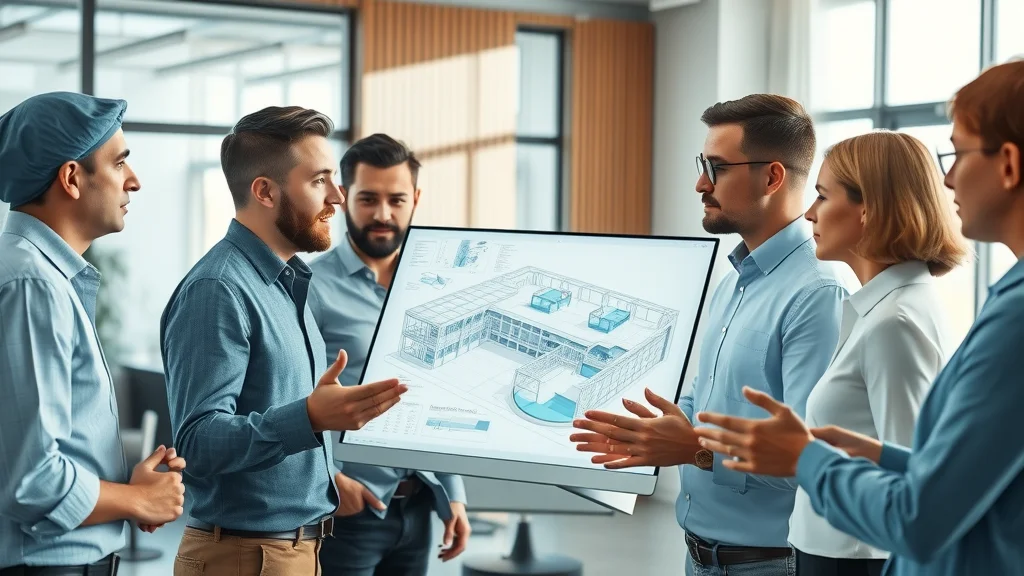
Imagine increasing project productivity by up to 15% while cutting costs by 4-6%—all thanks to adopting advanced building information modeling (BIM) & digital twins. Gone are the days of static blueprints and siloed communication. Today, BIM and digital twin technology are rewriting the playbook for the construction industry, offering powerful digital tools that span from initial design to real-time operation and maintenance. This article dives into the explosive growth and application of these technologies, blending compelling facts with expert opinion to serve as the ultimate resource for construction leaders, students, and aspiring innovators alike.
A Surprising Look at Building Information Modeling (BIM) & Digital Twins: The Statistics That Matter
"According to McKinsey, full digitization in construction could yield productivity gains of up to 15% and reduce costs by 4-6%." – Construction Industry Report, 2023

The move toward full digitization in the construction sector is not just a passing trend; it’s rapidly emerging as an industry standard. According to a recent McKinsey report, the integration of building information modeling (BIM) and digital twins has shown measurable impacts—delivering productivity gains as high as 15%, while simultaneously slashing project costs by up to 6%. For decision-makers, this shift means rethinking traditional workflows. No longer is the bim model or digital twin an isolated project element; these are foundational for competitive advantage, compliance, and sustainability across modern builds, retrofits, and facility management. The impact ripples from data-driven design to real-time asset optimization, setting new benchmarks for both academic research and hands-on field applications.
Critical adoption statistics support this shift: a 2023 survey conducted by Dodge Data & Analytics found that over 60% of leading UK contractors are leveraging BIM at Level 2 or higher on new builds, and an increasing number now integrate IoT-enabled sensors for lifecycle monitoring via digital twin technology. In short, BIM and digital twins are no longer the future—they are the present and rapidly becoming the baseline for ambitious construction projects.
As you explore the transformative impact of BIM and digital twins on construction workflows, it's worth noting that the principles of digital modelling and data-driven design are also influencing how architects approach residential projects. For example, the thoughtful selection of materials and colours—such as architect-approved orange paint for home extensions—can be enhanced by digital visualisation tools, offering homeowners a clearer vision of their space before work begins. Discover how these design choices are being elevated in practice by visiting this guide to architect-approved orange hues for home extensions.
What You’ll Learn about Building Information Modeling (BIM) & Digital Twins
- The evolution and definition of building information modeling (BIM) and digital twins
- How digital twin technology and information modeling are revolutionising the construction industry
- Key benefits for design and construction management, and real-world monitoring throughout the lifecycle
- Critical facts, statistics, and expert opinions relevant for academic, industry, and student use
Introduction to Building Information Modeling (BIM) & Digital Twins in the Construction Industry
Defining Building Information Modeling (BIM) & Digital Twins: Concepts and Relevance (information modeling, building information, information model)
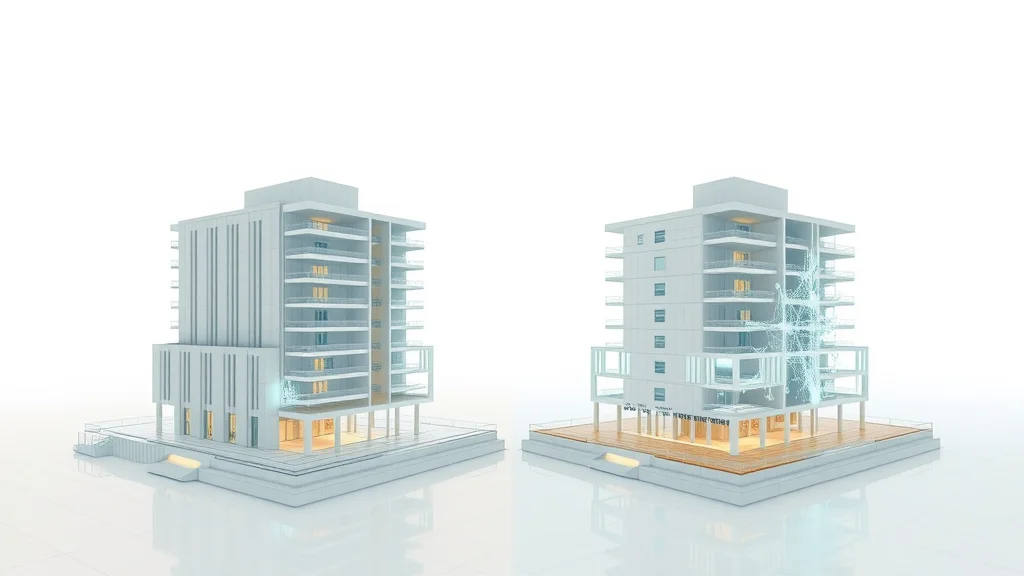
Building information modeling (BIM) and digital twins represent the convergence of digital technology and construction expertise. BIM is a process built around the use of intelligent multidimensional models—rich in data, geometry, and relationships—that inform decisions at every stage, from initial design through to facility management. The information model is central here, acting as a living blueprint enriched with data about every component, system, and lifecycle characteristic. But BIM’s capabilities don’t end at static information.
Enter digital twins—dynamic, continuously updated digital replicas of physical spaces. Fueled by real-time data streams from IoT sensors, digital twins go beyond the initial information model, mirroring the operational performance of built assets as they exist and change in the real world. This dual approach gives stakeholders from architects to operations managers the tools to both visualize and actively manage assets, ensuring decisions are grounded in up-to-the-minute information.
How Information Modeling and Digital Twin Technology Converge
The fusion of information modeling and digital twin technology is propelling the construction sector forward. While BIM provides a comprehensive digital model capturing geometry, specifications, and relationships, digital twins layer on an active, live-feed component. Through a robust information model, a digital twin delivers real-time operational data, making it possible to optimise energy consumption, predict equipment failures, and enhance occupant experiences within the built environment.
Crucially, this convergence means that a well-structured building information model becomes the backbone for digital twin implementation. Integrating these models with IoT devices and analytics software transforms static data sets into actionable intelligence, moving construction teams from document-centric to data-centric workflows. As a result, the benefits ripple across technical, financial, and environmental performance for buildings and infrastructure.
"Digital twins, as digital representations of physical assets, are only as powerful as the information modeling frameworks supporting them." – Prof. Anne Gilbert, Smart Cities Journal
Explainer: What is Building Information Modeling (BIM) & How Do Digital Twins Work in Construction?
Building Information Modeling (BIM): Past, Present, and Future
The Evolution of Building Information Modeling in Construction
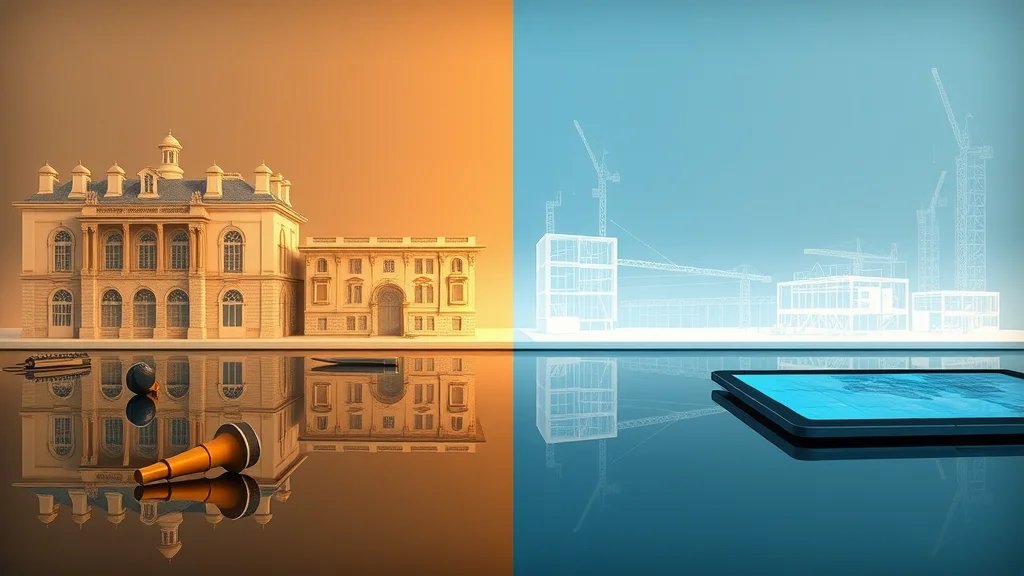
Since its inception in the 1980s, building information modeling has profoundly altered how the construction industry envisions, plans, and manages projects. Early stages relied on hand-drawn blueprints and, later, 2D computer-aided design (CAD) files—each an incremental step towards more sophisticated information capture. The turning point arrived with digital 3D information models that allow teams to see the interplay of every subsystem—structural, electrical, mechanical, and more—within a single bim model.
Today, the construction sector uses advanced BIM software to not only visualise intricate structures but also interconnect project stages, enable seamless collaboration, and anticipate construction challenges before they happen. The present era is dominated by integrated platforms that support cloud-based workflows, real-time updates, and even AR/VR explorations—embedding BIM firmly into the DNA of every new build and major retrofit. Statistically, over 80% of top UK architecture and engineering firms now implement BIM as a core project standard, with universities incorporating BIM modules into curricula to futureproof the workforce.
Building Information Modeling (BIM) for Modern Design and Construction
Modern design and construction processes have been transformed by BIM’s multidimensional approach. Unlike flat drawings, BIM models capture not just geometry but also materials, sequences, cost data, and environmental performance. Leveraging bim software, project teams coordinate across disciplines, reducing conflicts and delays by detecting issues digitally before breaking ground.
These intelligent information models enable true collaboration—architects, engineers, contractors, and owners all work from a unified source of truth. This translates into fewer errors, reduced rework, better resource allocation, and substantial cost savings throughout the project cycle. The shift from document-centric to data-centric approaches—enabled by BIM—has become fundamental for smart buildings and infrastructure.
How BIM Supports Lifecycle Management and Maintenance
One of the most significant advancements brought by BIM is its support of the entire building lifecycle. Beyond design and construction, a comprehensive building information model contains valuable operating and maintenance data. Facility managers use this trove of information to schedule preventative maintenance, track energy usage, and streamline upgrades—directly driving down lifecycle costs.
Building owners and operators benefit from predictive analytics and real-time monitoring once digital twins are established. Issues such as HVAC inefficiencies or structural stress can be identified and resolved quickly, reducing downtime and prolonging asset lifespan. In summary, BIM is as much about how buildings perform as how they are built, revolutionising operational performance in the real world.
| Year | Technology | Adoption Rates | Source |
|---|---|---|---|
| 1985 | 2D CAD | Limited to major firms | Autodesk |
| 2003 | Early 3D BIM | ~10% of UK firms | BRE Report |
| 2015 | Cloud-Based BIM/IoT Integration | ~50% of large contractors | Construction Manager |
| 2021 | Digital Twin Pilots | 25% of major projects | Smart Cities Journal |
| 2024 | Citywide BIM/Digital Twins & IoT | Emerging global standard | Dodge Data & Analytics |
"The value of BIM is proven not merely in 3D design, but in enabling ongoing operations via data-rich models." – Dr. S. Ramanathan, Construction Technology Review
Digital Twin Technology: Enhancing Projects with Real-Time Data
What Is a Digital Twin? How Digital Twins Go Beyond Information Models
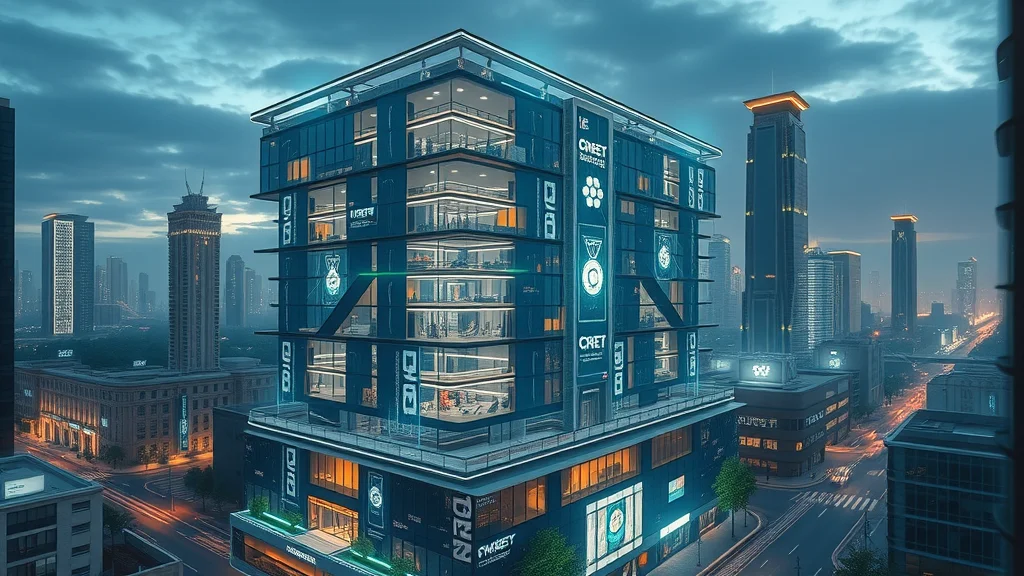
A digital twin is more than just a virtual replica—it is an intelligent, evolving copy of a physical space powered by live data. Where BIM provides the static foundation, a digital twin overlays the dynamic—integrating data streams from sensors, automation systems, and user feedback in real time. The result is a digital replica that reflects the current status, performance metrics, and behavioural patterns of a built asset or infrastructure network.
Unlike static BIM models, digital twins are continuously refreshed, enabling owners to monitor energy flow, air quality, occupancy, or structural stress instantly. They deliver enormous value for predictive maintenance, operational performance management, sustainability targets, and even compliance with evolving regulations. The ability to simulate scenarios, predict system failures, and test improvement strategies within a digital model means asset optimisation is limited only by imagination and data science capabilities.
The Role of Internet of Things (IoT) in Building Information Modeling & Digital Twins
At the heart of digital twin technology is the Internet of Things (IoT). IoT sensors embedded in building systems—HVAC, lighting, structural components, and more—stream real-time telemetry back to the digital twin. When coupled with a robust information model from BIM, these data points transform static designs into living, breathing digital environments.
This integration not only supports ongoing operations but unlocks powerful analytics. Facility managers can set automatic alerts for equipment performance, monitor air quality or energy spikes, and even automate adjustments based on occupant behaviour. As the construction industry transitions to smart city paradigms, IoT-linked digital twins are becoming the backbone for resilient, adaptive, and sustainable design and construction.
"Integrating IoT with BIM and digital twins means you don’t just model a building, you monitor and manage it live." – Smart Buildings Magazine, 2023
Digital Twins in the Construction Industry: Case Studies and Early Successes
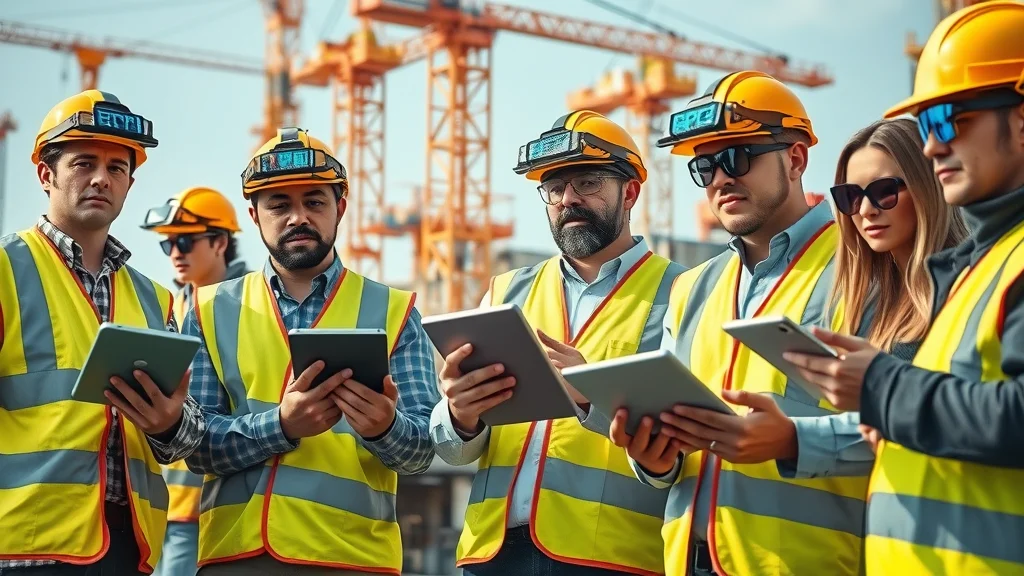
Real-world deployments of digital twin technology are already reshaping the construction sector. One prominent case: the UK’s Crossrail project. By combining BIM models with live sensor data, Crossrail’s management achieved significant reductions in rework, detected safety issues early, and improved handover processes. Similar successes are found at Singapore’s Changi Airport T5 expansion, where digital twins enabled remote monitoring and predictive maintenance, ensuring smooth day-to-day operations.
These case studies highlight the shift from bim model as a planning tool to digital twin as a lifecycle asset manager. Research from Arup and the Centre for Digital Built Britain indicates that early adopters have seen a 30-40% increase in decision-making speed, 20% reduction in maintenance costs, and improved compliance outcomes. Such results reinforce the power and promise of these interconnected technologies in both commercial and academic spheres.
-
Benefits of Digital Twins for Design, Construct, and Maintain:
- Enhanced predictive maintenance
- Improved safety and compliance
- Lower lifecycle costs
- Sustainable design through real-time feedback
Case Study Walkthrough: Digital Twin Applications in Complex Construction Projects
How Building Information Modeling (BIM) & Digital Twins Support the Entire Construction Industry
Achieving Collaboration in Design and Construction with Information Modeling

Effective collaboration within the construction sector is no longer optional—it’s a necessity. Information modeling platforms, powered by BIM and digital twins, break down disciplinary barriers, enabling simultaneous input from architects, engineers, contractors, and facilities managers. Through cloud-based information models, teams can share updates instantly, track changes, and flag conflicts before construction begins.
This real-time coordination reduces costly mistakes, ensures constructability, and fosters a shared sense of ownership across the project team. In recent years, tools such as Revit, Navisworks, and Twinmotion have become essential, not only for efficient design and construct phases but also for promoting transparency with clients and stakeholders. Ultimately, the result is more predictable outcomes, better resource utilisation, and projects that stay on time and on budget.
BIM, Digital Twins, and the Future of Sustainable and Smart Buildings
The future of the built environment is inevitably smart, sustainable, and interconnected. BIM and digital twins are central to delivering projects that meet these goals. By leveraging rich information models and live digital twins, construction leaders can optimise energy use, enhance occupant health, and meet net-zero targets with confidence.
Notably, integrating lifecycle data enables “design for disassembly,” waste reduction, and material reuse—principles at the core of circular economy strategies sweeping the architecture and engineering sectors. As digital twins become mainstream, expect a surge in predictive maintenance practices, greener retrofits, and new benchmarks in resilience and intelligence for smart buildings and cities.
| Metric | Traditional Construction | BIM & Digital Twin Projects |
|---|---|---|
| Productivity Improvement | 0-5% | Up to 15% |
| Cost Reduction | 0-2% | 4-6% |
| Sustainability/Emissions | Unmeasured or indirect | Directly optimised, measured in real-time |
| Error Reduction | High risk, reactive | Proactive, digital clash detection, 60%+ fewer issues |
"BIM and digital twin adoption improves decision-making speed by as much as 30%." – Digital Construction Report, 2024
People Also Ask: Building Information Modeling (BIM) & Digital Twins

What is BIM and digital twins?
Building information modeling (BIM) is a process using intelligent 3D models to inform and improve all phases of a building project, while digital twins are real-time digital counterparts of physical structures, powered by continuous data. Together, they drive efficiency from design through to operation.
What is BIM building information modeling?
BIM, or building information modeling, is an advanced methodology that creates dynamic digital representations of physical and functional characteristics of buildings, supporting informed decision-making in design, construction, and lifecycle management.
How does building information modelling BIM support the implementation of digital twins?
BIM provides structured, information-rich models that are foundational for digital twin creation. Accurate BIM data enables real-time monitoring, predictive analytics, and seamless asset management in digital twin systems.

Can I learn BIM by myself?
Yes, independent learning of building information modeling (BIM) is possible through online courses, tutorials, and open-source datasets. Many professional and academic resources provide step-by-step guidance for beginners.
Frequently Asked Questions: Building Information Modeling (BIM) & Digital Twins
- What software platforms are best for BIM and digital twins?
- How secure is data in BIM and digital twin environments?
- How do digital twins support smart cities?
- What are the ROI metrics for BIM and digital twin implementation?

Key Takeaways: Modernizing the Construction Industry with Building Information Modeling (BIM) & Digital Twins
- The adoption of building information modeling (BIM) and digital twins is accelerating innovation in the construction industry
- Lifecycle management and sustainability gain measurable boost from these technologies
- Familiarity with information modeling, digital twin, and IoT is now essential for industry leaders and students alike

For More Insights on Building Information Modeling (BIM) & Digital Twins, Visit Us
"Stay ahead of the curve in the construction industry—visit us at https://buildingconstructiontrade.com/ for more building and construction news."
BIM and digital twins are transforming how we build, manage, and sustain our world—embrace them now to lead the future of construction.
If you’re inspired by the possibilities of BIM and digital twins, there’s a wealth of further knowledge waiting to be explored. Our platform is dedicated to helping you stay ahead of the curve, whether you’re seeking practical design inspiration or strategic industry insights. From the latest digital tools to architect-endorsed trends for home and commercial spaces, we offer resources that empower you to make smarter, more creative decisions. Take your next step towards mastering the future of construction and design by exploring our full range of expert articles and guides at Building Construction Trade.
Sources
- McKinsey – https://www.mckinsey.com/industries/capital-projects-and-infrastructure/our-insights/how-advanced-digital-models-are-transforming-construction
- Smart Cities Journal – https://www.smartcitiesworld.net/news/news/will-digital-twins-become-the-norm-8086
- Construction Manager – https://www.constructionmanager.co.uk/feature/soft-landings-and-digital-twins-crossrail/
- Arup – https://www.arup.com/perspectives/publications/research/section/digital-twins-in-the-built-environment
- Autodesk – https://www.autodesk.com/redshift/what-is-bim-building-information-modeling/
- Building Construction Trade – https://buildingconstructiontrade.com/
Integrating Building Information Modeling (BIM) with digital twin technology offers a transformative approach to construction and facility management. The National Institute of Building Sciences’ position paper, “New Paper: BIM and Digital Twins Coexist to Drive Sustainability,” emphasizes how this integration fosters innovation, efficiency, and collaboration within the architecture, engineering, construction, and operations (AECO) industry. Additionally, the article “Building Information Modeling (BIM) and digital twins” illustrates the application of these technologies in the aerospace sector, highlighting their role in enhancing visualization, simulation, and data-driven facility management. For those aiming to stay at the forefront of construction innovation, these resources provide valuable insights into the synergistic benefits of BIM and digital twins.
 Add Row
Add Row  Add
Add 

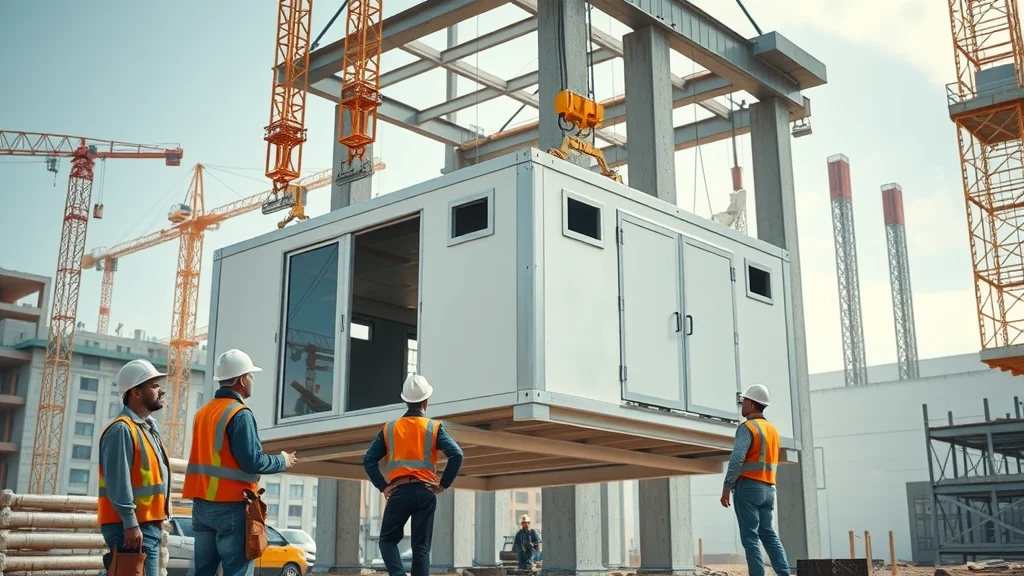


Write A Comment